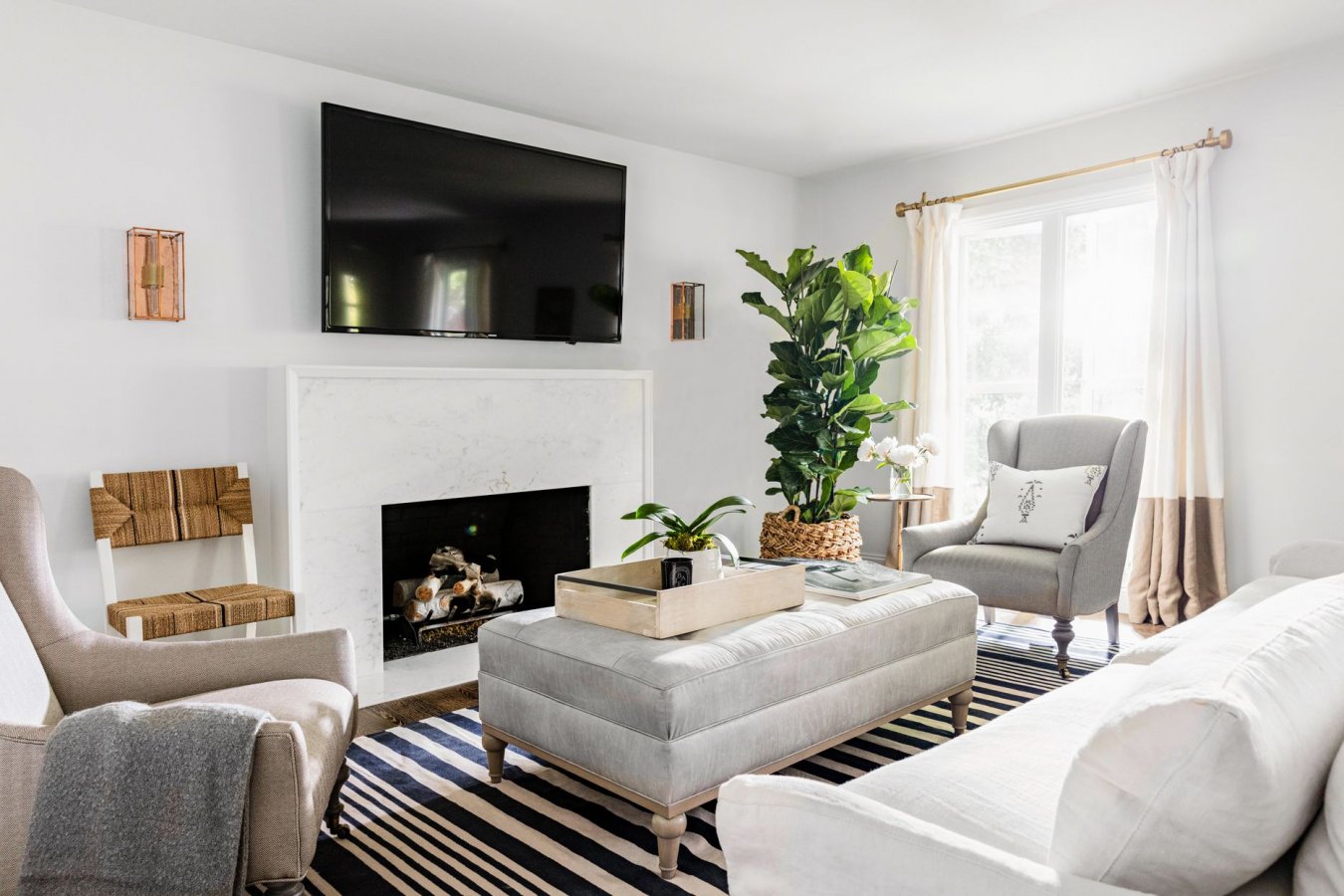

A well-designed and thoughtfully arranged living room can greatly enhance the overall efficiency and flow of the space. Furniture layout plays a crucial role in creating a harmonious and functional environment that promotes comfort and convenience. By strategically placing l shape sofa, you can optimize the use of space, create designated areas for different activities, and ensure a seamless flow throughout the room. In this article, we will explore various tips and techniques to maximize living room efficiency through effective furniture layout.
Before diving into furniture placement, it is important to have a clear understanding of your living room space. Take accurate measurements of the room dimensions, noting any architectural features such as windows, doors, or focal points. This information will serve as a foundation for creating a well-balanced layout that makes the most of available space.
A focal point serves as the centerpiece of a room and helps guide the arrangement of furniture. It could be a fireplace, a large window with a scenic view, or even a captivating artwork. By identifying the focal point, you can orient your furniture layout around it, creating a visually appealing and cohesive design. Arrange key pieces, such as sofas or entertainment centers, to face the focal point and build the rest of the layout around this central element.
An efficient living room layout involves creating distinct zones for different activities. This approach allows for seamless transitions between areas and ensures each space serves its intended purpose. Consider the various activities that take place in your living room, such as conversation, entertainment, reading, or dining, and allocate dedicated zones accordingly. Utilize furniture placement and arrangement to define these zones and maintain a logical flow throughout the room.
Efficient furniture layout takes into account the natural flow of movement within the living room. Designate clear pathways that allow people to move around without obstacles or congestion. Arrange furniture in a way that avoids blocking major walkways, ensuring a smooth circulation throughout the space. Consider the placement of doorways and the location of other rooms connected to the living room, adjusting the layout accordingly to maintain a seamless traffic flow.
Achieving a harmonious and visually pleasing living room layout involves balancing the scale and proportion of furniture pieces. Mixing different sizes and shapes creates an interesting dynamic while maintaining a sense of equilibrium. Avoid overcrowding the room with oversized furniture or cluttering it with numerous small pieces. Find the right balance by choosing furniture that fits the scale of the room and allows for comfortable movement and circulation.
An efficient furniture layout should be adaptable to different needs and occasions. Consider incorporating flexible and versatile pieces that can serve multiple functions. For example, a sofa with a pull-out bed or ottomans with hidden storage can provide additional seating or sleeping options as needed. This flexibility allows you to maximize the utility of your living room, ensuring it caters to various activities and adapts to changing circumstances.
Proper lighting enhances the functionality and ambiance of a living room. When planning your furniture layout, take into account the placement of windows and artificial light sources. Position furniture in a way that makes the most of natural light, avoiding blocking windows or obstructing views. Incorporate different types of lighting, such as overhead fixtures, floor lamps, and table lamps, to create a layered and inviting atmosphere.
While efficiency and functionality are essential, it is equally important to infuse your living room with your personal style and aesthetic preferences. Choose furniture pieces that resonate with your taste and complement the overall design scheme. Consider color palettes, textures, and patterns that align with your desired ambiance. By incorporating elements that reflect your personality, you create a space that feels inviting, comfortable, and uniquely yours.
A well-designed living room with an optimized furniture layout can significantly enhance the efficiency and flow of the space. By understanding the dimensions of the room, establishing a focal point, creating distinct zones, ensuring smooth traffic flow, balancing scale and proportion, incorporating flexibility, considering lighting, and infusing personal style, you can create a harmonious and functional environment. Remember, a thoughtful furniture layout not only maximizes living room efficiency but also contributes to a welcoming and enjoyable space for relaxation, entertainment, and socializing.